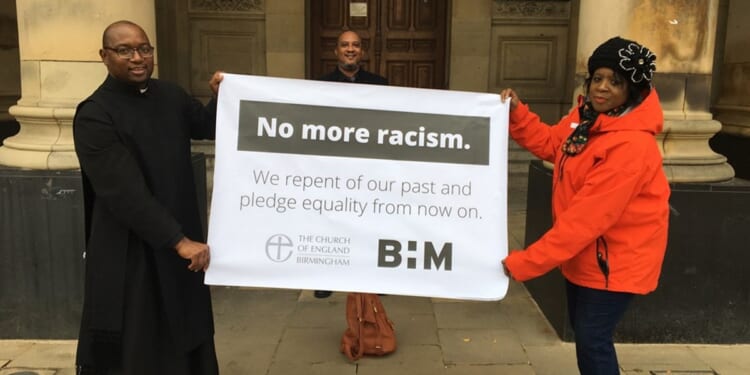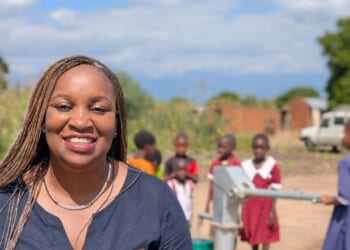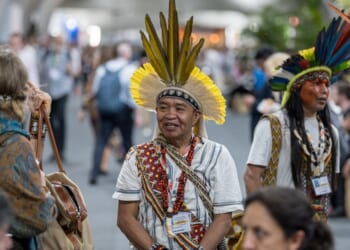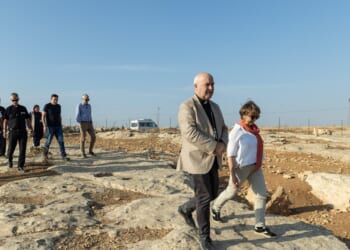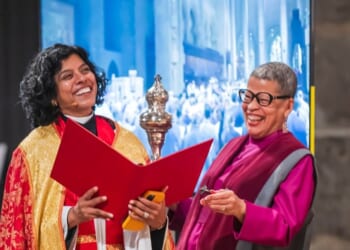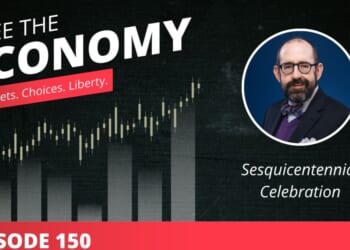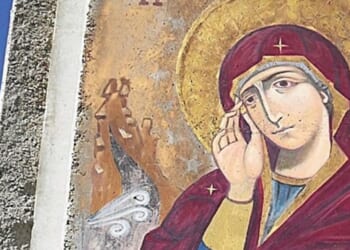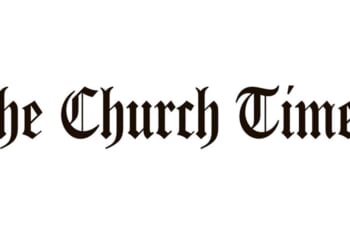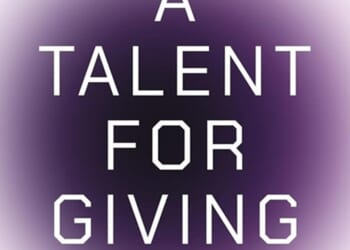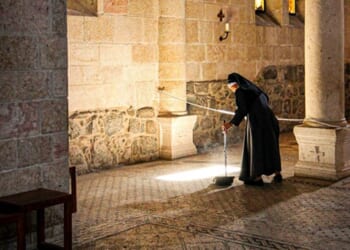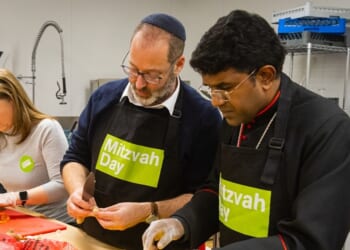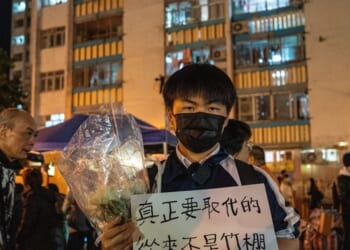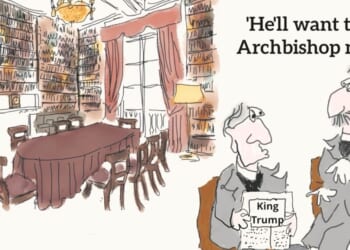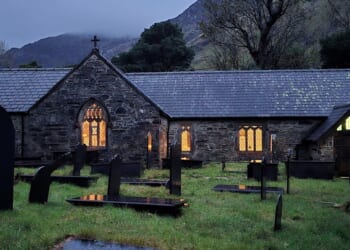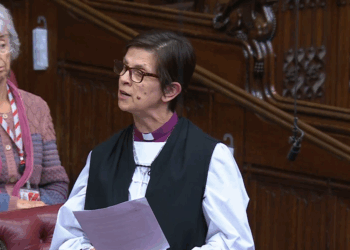IN 1979, a pair of journalists — Derek Bishton and John Reardon — set up a photography studio on a street in Handsworth, inviting passers-by to take self-portraits. More than 500 people took part. At the time, when industry was in decline, and there were high rates of unemployment and tensions with the police, Handsworth was, in the words of The Guardian “a byword for inner-city decline, and often a chance to pin the blame on its newer inhabitants”. The photography project was an opportunity to show a different side.
Thirty-six later years, local residents are once again painting a different portrait from the one that appears in the headlines. This week, clergy and a head teacher described how comments made by the Shadow Lord Chancellor, Robert Jenrick, did not resonate with their experience (News, 10 October).
“Handsworth is a microcosm of what a real and vibrant multi-cultural community looks like or should be like. It’s an area and place I am happy and proud to call home,” the Area Dean, Canon Douglas Machiridza, who has lived in the area for 11 years, said on Monday.
Mr Jenrick’s assertion that Handsworth was “as close as I’ve come to a slum in this country” and “one of the worst integrated places I’ve ever been” — made after a 90-minute walk for filming in the area — had left clergy “baffled”, Canon Machiridza said. “Everybody is appalled, but it is not a true reflection of what we know of this space. Which area did he go to?”
As a black man, the Canon wondered whether, had Mr Jenrick passed him, he would have assumed “I wasn’t integrated and neither was I contributing in a positive way to the welfare and development of this area which I call home.”
His three children — all of whom have attended schools in the area — “constantly express their gratitude for such a rich, diverse and extremely positive schooling experience gained in Handsworth”, he said.
As the Vicar of St Andrew’s, he served a congregation that was half white, while the remaining half had a mixture of Afro-Caribbean, Asian, and Black African backgrounds. It made a “huge difference” to have clergy of global-majority heritage, he suggested.
The Priest-in-Charge of St Michael and St Peter, Handsworth, Canon Dominic Melville, described a “heart-warmingly and surprisingly well-integrated community” with “a very long history here of people working together”. He gave as examples the church foodbank dependent on support from local gurdwaras and litter picks carried out by Sikhs, Christians, Buddhists and Muslims.
Mr Jenrick’s comments — which include the observation that he had not seen a single white face on his visit — “seem to imply that integration relies on there being white people”, Canon Melville said. “I am a white man, and I feel very integrated. Here, I am part of minority community, but then so is almost everyone else.”
The Rector of St Andrew’s, Rugby, Canon Edmund Newey, served in Handsworth for six years until 2013. He described this as a “very positive” experience that had left him “encouraged about the future of our multicultural society”.
“It was — and I think still is — a genuinely diverse area, in which no one cultural, religious or ethnic group was dominant,” he said on Monday. “This meant that the civic life of the community depended on good conversation and communication, and very often the Church of England was a highly effective broker, through its buildings, clergy, lay leaders, and their connections.”
He recalled his contribution to Fear and Friendship: Anglicans Engaging with Islam (Books, 2 August 2012), in which he observed that, “as an established Church, we are in a position to take risks that others might not hazard”.
Among those who have defended Mr Jenrick is a senior fellow at Policy Exchange, Dr Rakib Ehsan. In The Daily Telegraph last week, he cited the results of the last census, which found that — when asked about their national identity — three in ten residents in Handsworth West identified with an exclusively non-UK identity. “For a swathe of neighbourhoods across Handsworth, one in five people cannot speak English well, if at all.”
Responding, Canon Melville suggested that a question about national identity was different from asking “How do you feel about being in Britain, about Britishness, about your life in the UK? . . . It is not necessarily to say that they are not also very energetically engaged in the work of integration here and an investment in a future here for themselves and their children. . . The vast majority of people you would encounter here have very good English and, if not, are making really significant efforts to communicate well.”
Canon Machiridza said that while there were “pockets” where people were less integrated, he and leaders of other faiths were constantly promoting integration to prevent communities’ becoming “marginalised or isolated or living in a silo”.
In previous decades, Handsworth was affected by riots. In 1985, clergy told the Church Times that the area “suffered acutely from a dramatic loss of jobs” (13 September 1985). That year, the area was referred to in the report Faith and the City, which described “smouldering anger and quiet despair” in urban priority areas (6 December 1985). More recently, in 2011, clergy again warned of high levels of unemployment: “Bored, alienated, and knowing that their life-chances are low — what are people expected to do?” (News, 12 August 2011).
This week, Canon Machiridza said that challenges included unemployment, problems with drink, drugs, and rough sleeping. Canon Melville spoke of under-investment and low-quality HMO housing, but strongly rejected Mr Jenrick’s “slum” description. His comments had “awoken a resilience here. . . Across racial identities, people have been saying ‘it’s not like that for us’.”
Phillip Hynan, the head teacher of St Michael’s C of E Primary Academy, Handsworth (rated “Outstanding” by Ofsted) has worked in schools in the area for 20 years. On Wednesday, he described a school of 200 children which reflected the area’s position “at a crossroads of faith”. Parents of non-Christian faiths (making up two-thirds of the intake) had actively chosen St Michael’s. “What we are is a school of faith where each school lives side by side in harmony and respect. We are a great example of integration.”
While some might use the label of “disadvantaged”, he regarded Handsworth as “anything but that”. Thirty-one languages were spoken, and there were families “from all corners of the world because they want better, families who have bounced back from adversity, families of ambition and drive”. In May, the school opened a community hub offering services including a foodbank, English classes, a youth club, and toddler classes, “built for, and paid for, by Handsworth”, with no need for the school to contribute to funding.
The community was “mobile”, he said. About half of the intake would change during the years from Reception to Year 6. But the fact that more than 100 attended the monthly community supper at the school was illustrative of the local commitment to integration and socialising, he said, and the English classes at the community hub would be full if they were available daily. “They want more than we can give.”
A story that the school often returned to was the story of the woman healed after touching the hem of Jesus’s cloak: “this idea of Jesus making her understand that her status in society that was imposed on her by others made her no less entitled to his compassion and love and support. She deserved to be seen and heard.”

